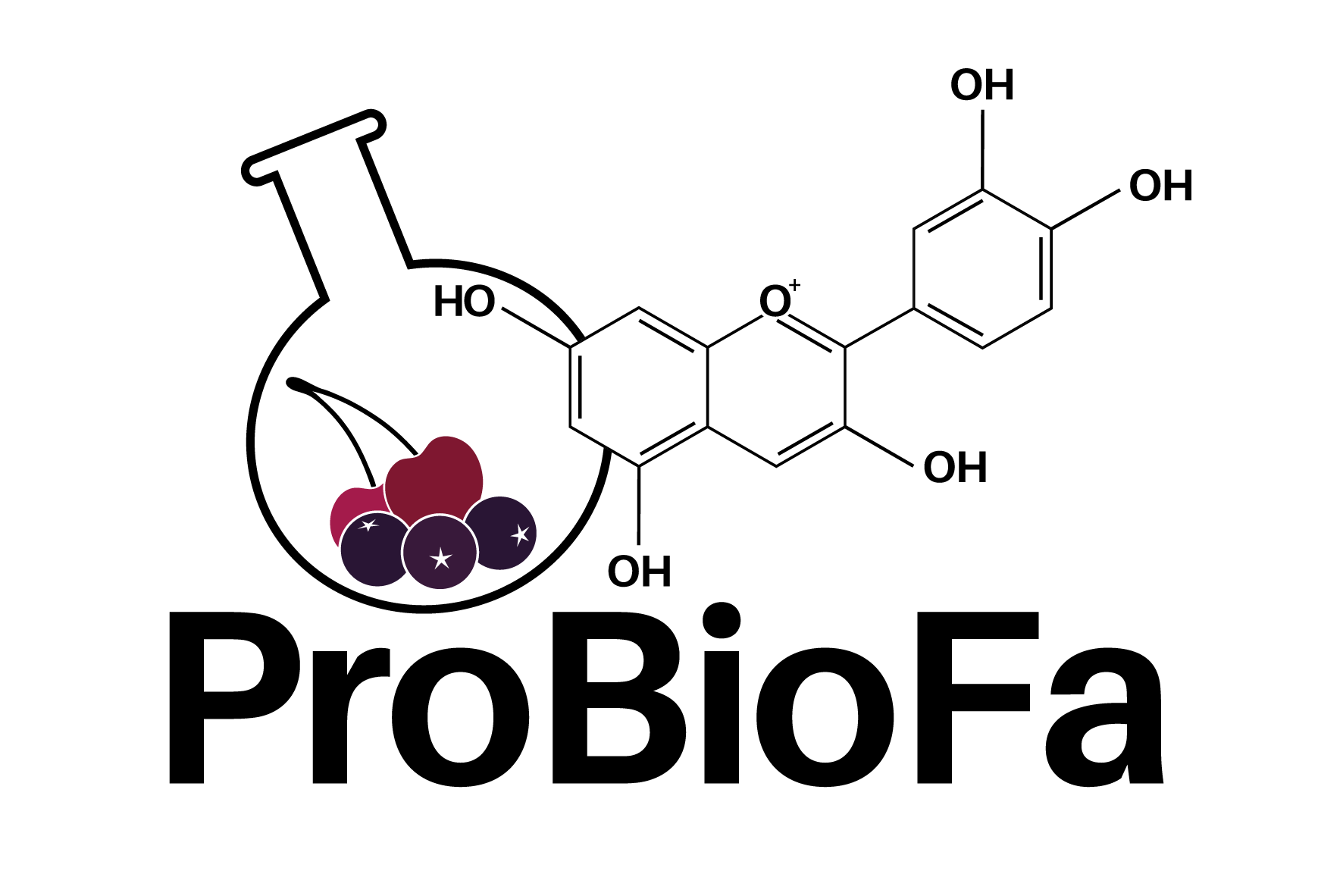PROBIOFA is a development project funded by GUDP that aims at the sustainable extraction of bioactive components from fruits and vegetables. The main focus of the project is on the production of anthocyanins for food coloring. The vision of PROBIOFA is that anthocyanins can replace synthetic food colorants, and therefore contribute to improve human health and protect the environment.
Fruits and vegetables contain anthocyanins in different amounts and types. In PROBIOFA, varieties and cultivars of different species like Aronia, sour cherry, purple carrot and purple potato are going to be screened targeting anthocyanin final products of high quality, color intensity and stability.
The extraction methodology is based on an enzyme- Membrane BioReactor (e-MBR) in which different biomasses or color crops are treated for production of anthocyanin in high yields. The extracts are afterwards formulated into anthocyanin-based coloring foodstuffs or natural colorants.
Deep inside knowledge of the cultivation of color crops and chemistry of anthocyanins, combined with the technical perspective of chemical engineering will ensure a sustainable and economically viable process that will be implemented at industrial scale.

The project is divided into five work packages (WP) in which two universities and three companies work close together for a common goal.
WP0 Project Management is led by Birgir Norddahl (SDU-KBM) and ensures the coordination and harmony in the collaboration of the partners.
WP1 Raw Materials is led by Martin Jensen (AU Food) and deals with the selection of species and cultivars from different fruits and vegetables. In this WP the cultivation methods are optimized to ensure a high anthocyanin yield. This WP provides selected raw materials to the other WPs.
WP2 Test Facility is led by Massimiliano Errico (SDU-KBM). This WP focuses on the extraction and purification of anthocyanins by a combination of enzymatic treatment and different membrane technologies. With the help of bioprocess modelling and property prediction methods, SDU-KBM will ensure the optimal performance of the extraction and purification methods.
WP3 Industrial Extraction is led by Bjarne Jørnsgård (Chr. Hansen). This WP deals with technology transfer from the test facility to a full scale factory in Peru, and further optimization of the methodology.
WP4 Improved Stability is led by Martin Jensen (AU Food) where the influence of variety and cultivation methods on the anthocyanin profile and stability of the products will be assessed.
